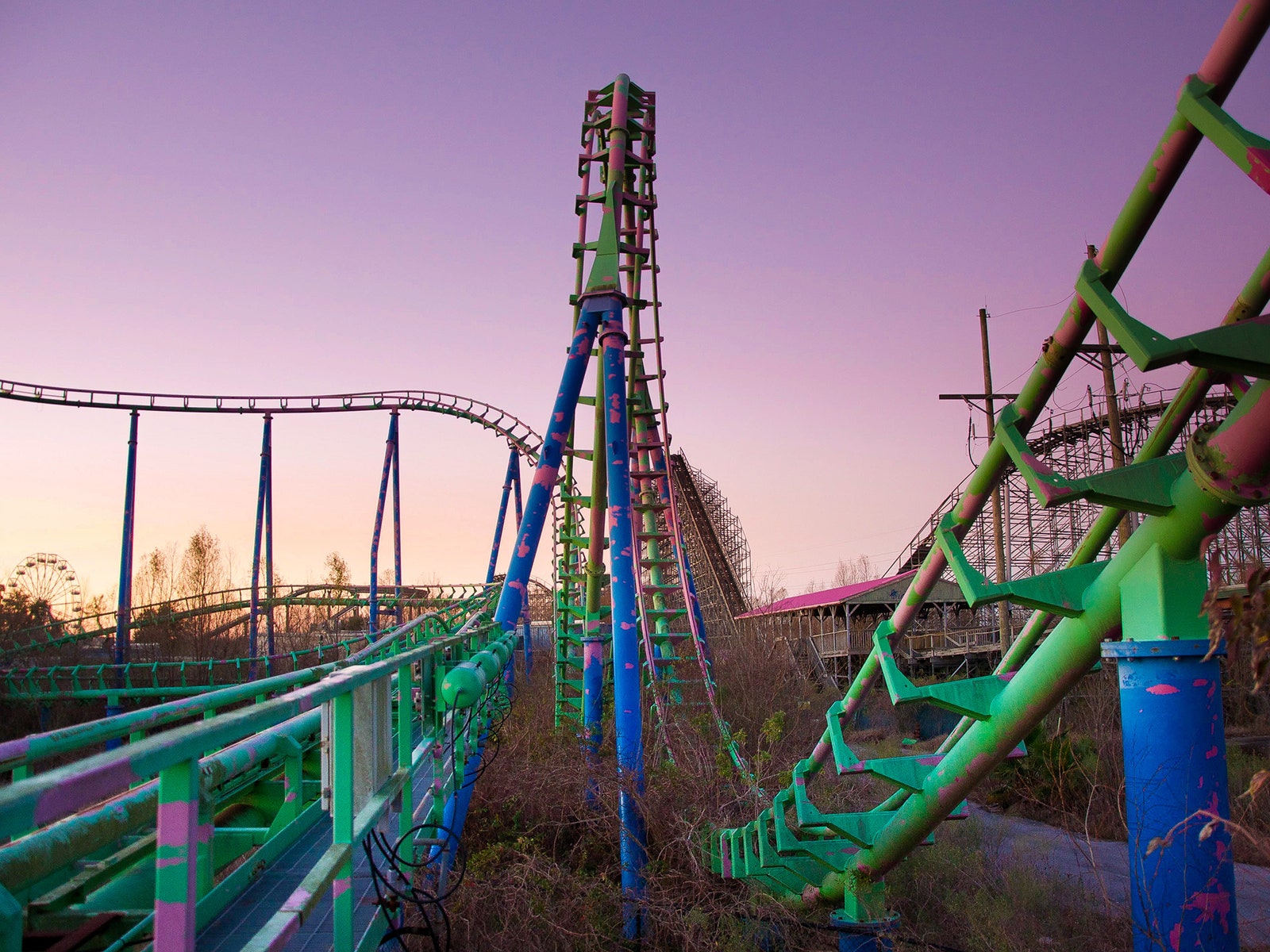Deception Island is a tourist destination in Antarctica’s freezing South Shetland Islands, famous for its deserted whaling and research station. The whaling station was abandoned many times between 1931 and 1969 due to volcanic eruptions, leaving behind the beached boats and rusting boilers you see today. Book a cruise to explore the deserted site for yourself—if you’re lucky, you might even spot some chinstrap penguins and get to soak in a natural hot tub (yes, seriously).

Neptune’s Bellows, at only 230m wide serves as the entrance to the harbor. Aptly named after the Roman god of the sea, the entrance reveals a bay with stunning views surrounded by mountains. The center of the island is actually a caldera that has been flooded by the sea.
Being part of a caldera, the black sand beach is actually quite warm – or, at least pretty warm by Antarctic standards. It was also the location our expedition did its polar plunge. While the experience of doing the polar plunge is perhaps is a bit jarring to the body, it sure does feel nice to have your feet on some toasty sand afterwards as you shiver and towel off while trying to warm up.




















